Ongoing archaeological investigations in Downingtown, Pennsylvania, have revealed a mass grave thought to hold the remains of up to 120 newly arrived Irish immigrants who were working on the railroad during the 1832 cholera epidemic. Many show signs of having suffered violent deaths, and the discovery casts new light on one of the darkest chapters in early industrial American history.
A newly identified 19th-century mass grave in Downingtown, Pennsylvania, may contain the remains of as many as 120 Irish immigrants.
A D V E R T I S E M E N T
Duffy’s Cut mass grave
The site appears to be linked to Duffy’s Cut, 11 miles away, where 57 Irish railroad workers from Tyrone, Derry and Donegal were buried in a mass grave during the cholera outbreak of 1832.
These workers had been hired by an Irish construction contractor named Philip Duffy (1783–1871) to build a stretch of railway for the Philadelphia & Columbia Railroad, in an area now known as Duffy’s Cut. Most had sailed from Derry to Philadelphia between April and June 1832 aboard the John Stamp, but within weeks, all had died and were buried anonymously in a ditch. Railroad officials never informed the immigrants’ families back home of their deaths.
Downingtown mass grave
The recent discovery of the mass grave at Downingtown is the latest development in more than two decades of research by twin brothers Frank and Bill Watson, who have long studied the fate of Irish railroad workers in the area. They believe the Downingtown grave may hold an entire vanished work crew of between 100 and 120 people that disappeared from the historical record, along with their Irish-born contractor, Peter Connor. Most of the crew were likely drawn from the same parts of Ulster as those buried at Duffy’s Cut.
Sign up to our newsletter
The newly discovered grave could also possibly include the remains of a man who fled the cholera quarantine at Duffy’s Cut, perhaps carrying the infection with him to Downingtown. At the time, the West Chester newspaper reported that he had escaped westward along the unfinished track to another Irish immigrant railroader crew “near the line of East Bradford and East Caln.”
The first set of human remains at the Downingtown grave site was found in May by geophysicist and archaeologist Matt Peace on land owned by Northwood Cemetery. Initial skeletal finds included fragments of a jaw and teeth. DNA testing is expected to help identify any living descendants and relations of those buried in the mass grave.
>>> YOU MIGHT ALSO LIKE: A genealogist’s guide to DNA testing for Irish family history research
1832 cholera epidemic
While cholera almost certainly accounted for some of the deaths of those buried in the two mass graves, evidence suggests that others met violent ends.
A F F I L I A T E A D

Analysis of remains discovered in Duffy’s Cut between 2009 and 2012 indicates that seven of the workers were murdered. Forensic examination showed they had been struck about the head, and the absence of defensive wounds suggests they were bound beforehand. One man was felled by an axe blow to the back of the head and then shot dead. The violence is believed to reflect anti-Irish, anti-Catholic hostility and tension over competition for work in the region, as well as an attempt to contain the spread of cholera.
Cholera is a bacterial infection that spreads through contaminated drinking water, often resulting from poor sanitation, such as human waste entering streams or wells. The Irish workers became a convenient scapegoat for those who did not understand the cause of the disease. The epidemic ultimately claimed at least 10,000 lives in the US.
Remembering the victims
In 1909, a memorial wall was erected in remembrance of the 57 Irish railroad workers who died at Duffy’s Cut, replacing an earlier wooden fence put up in 1872 by Irish-American railroaders at the site.
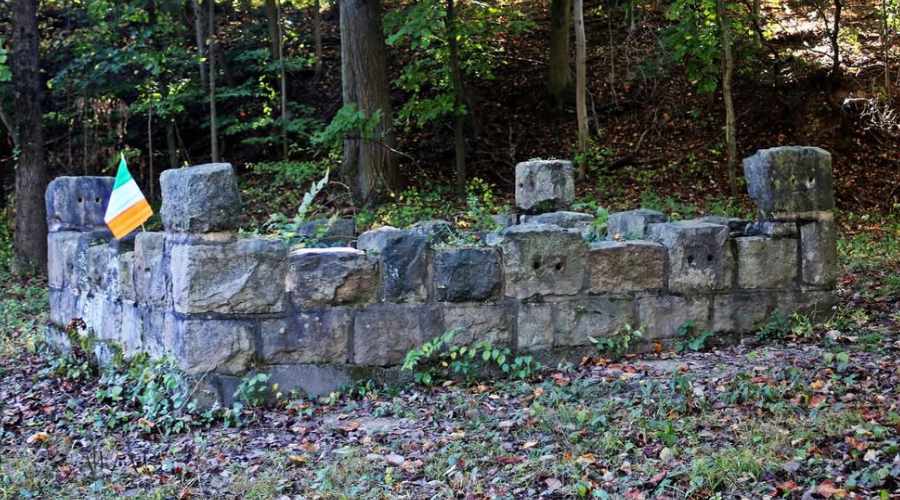
Following an excavation at Duffy’s Cut, five of the exhumed skeletons were re-interred beneath a 10-foot-tall ringed cross at West Laurel Hill Cemetery in Bala Cynwyd, Pennsylvania, in 2012.
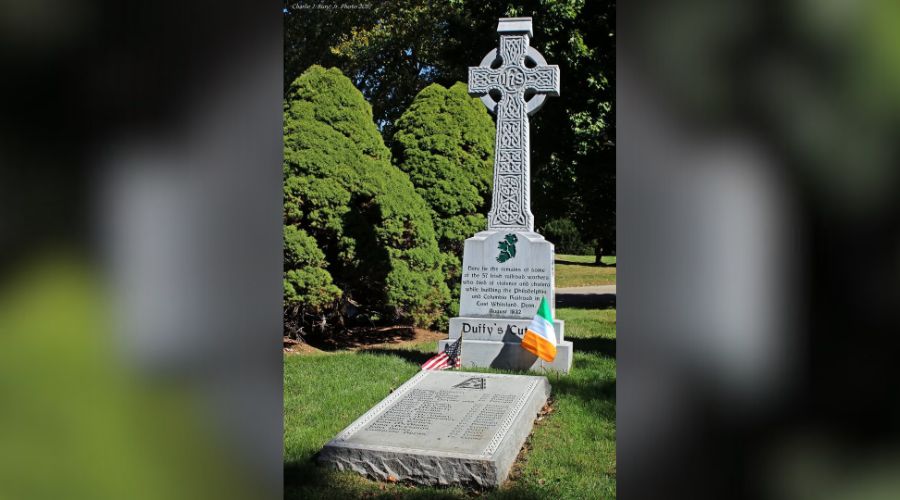
Then in 2013, one of the victims, 18-year-old John Ruddy, was repatriated and reburied at Ardara, Co. Donegal, 181 years after his death. Ruddy was identified through a combination of old railway files, his slight build and a congenital missing molar that relatives said ran in the family.
A D V E R T I S E M E N T
Three years later, another victim, 29-year-old widow Catherine Burns, received a traditional Irish wake and funeral Mass in her native Clonoe, Co. Tyrone, where she was reinterred. After the death of her husband, Catherine, her father-in-law, John Burns and dozens of others from Co. Tyrone left Ireland on board the John Stamp, hoping for a better life in the new world. Forensic examination of her skull indicated that she had suffered a violent death by means of a sharp implement.
Others buried at Duffy’s Cut who have been identified through DNA, ship passenger lists or other sources include George Doherty (aged 28), William Putetill (aged 20), William Devine (aged 21), Daniel McCahill (aged 25), Bernie McGarty (aged 20), David Patchill (aged 20), Bernard McIlheaney (aged 23), George Quigley (aged 22), Robert Skelton (aged 20) and Elizabeth (Eliza) Diven (aged 20), all from Donegal. Also identified were John McGlone (aged 23) and John McClanon (aged 24) from Derry, as well as James Deveney (aged 26), Patrick McAnamy (aged 20) and Samuel Forbes (aged 23), all from Tyrone.
Please help support
Irish Heritage News
A small independent start-up in West Cork
Give as little as €2
Thank You
In recent years, Christy Moore wrote the song “Duffy’s Cut” to commemorate the railroad workers (listen below).
There is a museum at Duffy’s Cut in the Gabriele Library at Immaculata University in Malvern, Pennsylvania, where many items recovered during the excavations can be viewed. These include an unusually large number of coffin nails, used to ensure the coffins would not be reopened, possibly in an effort to contain the cholera. Among the artefacts are also several clay pipes: one stamped with “Derry” on the stem and another decorated with shamrocks and an “Erin go Bragh” flag on the pipe bowl – this is considered one of the earliest representations of Irish nationalism discovered in North America.
The Watsons and their research team are working throughout the summer to recover the remains of all those buried at Downingtown. Project director and Immaculata University history professor Bill Watson recently told the BBC that the research team regards their work as a matter of justice. They are endeavouring to tell the stories of these forgotten Irish migrants and hope to recover every set of remains so that, following forensic analysis, each individual can receive a dignified burial. You can donate to the ongoing project here.
Advertising Disclaimer: This article contains affiliate links. Irish Heritage News is an affiliate of FindMyPast. We may earn commissions from qualifying purchases – this does not affect the amount you pay for your purchase.
READ NOW
➤ The American tours of the Dublin Players, 1951–58
➤ Deasy & Co: Clonakilty’s brewing history
➤ Billy Hynes: Cork teen stowaway served in the US Cavalry on the wild frontier
➤ Did your ancestor spend time in a workhouse?
➤ Excavation of Sligo’s Green Fort yields over 1,000 finds from 17th-century bastioned military fort
A D V E R T I S E M E N T


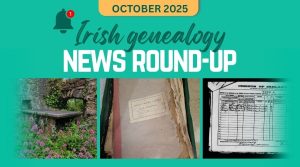


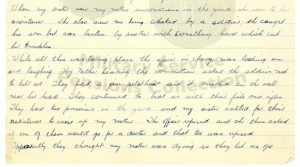
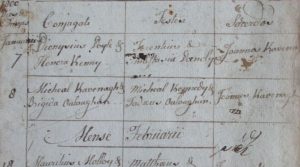
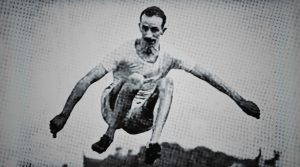


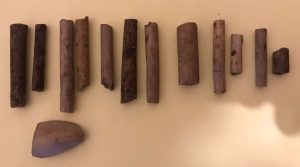
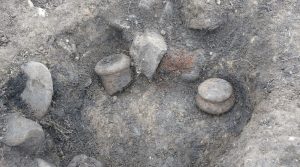
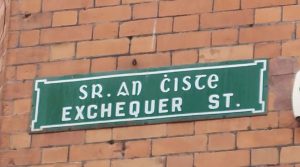



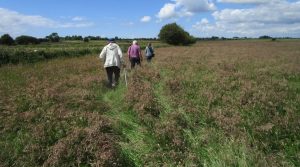
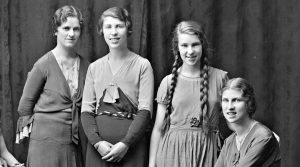
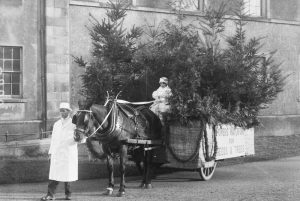
3 Responses
Great groundbreaking work by the Watson brothers and colleagues!
Thanks to the Watson Brothers and friends for this ongoing groundbreaking work of archaeology and history.
Some of the remains were interred in a mass grave at the Mennonite cemetery on Mennonite Church Road, Spring City, Pennsylvania.